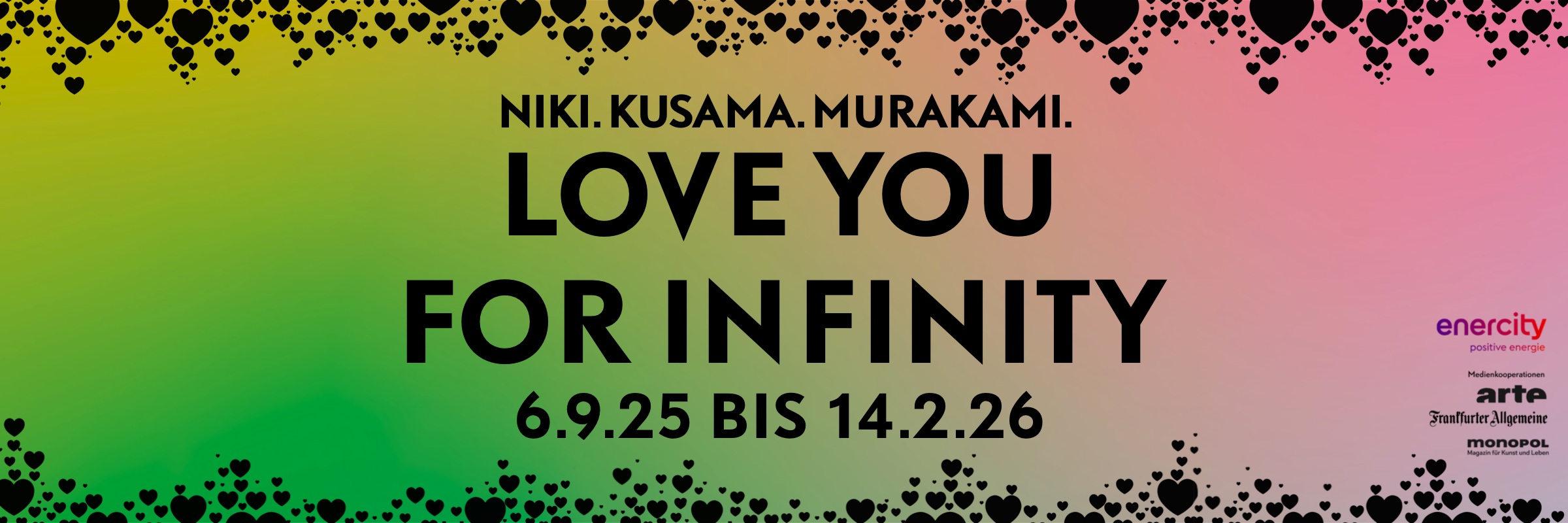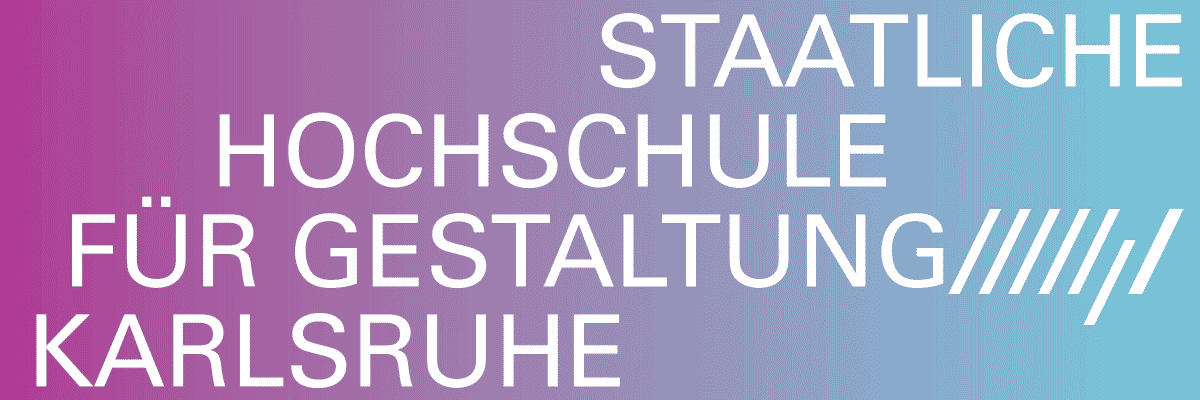
Greg Carideo
Greg Carideo: groundwork
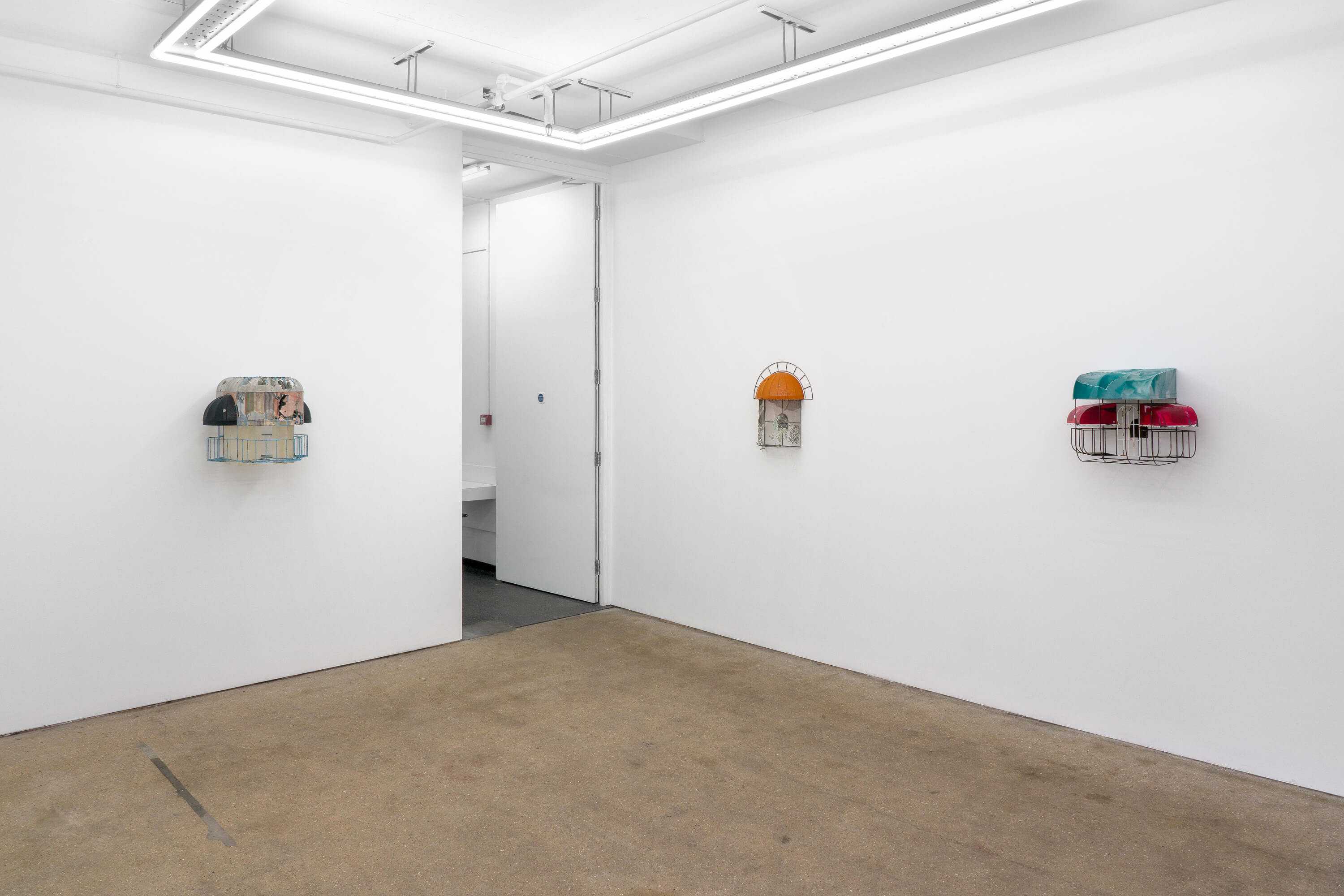
Advertisement
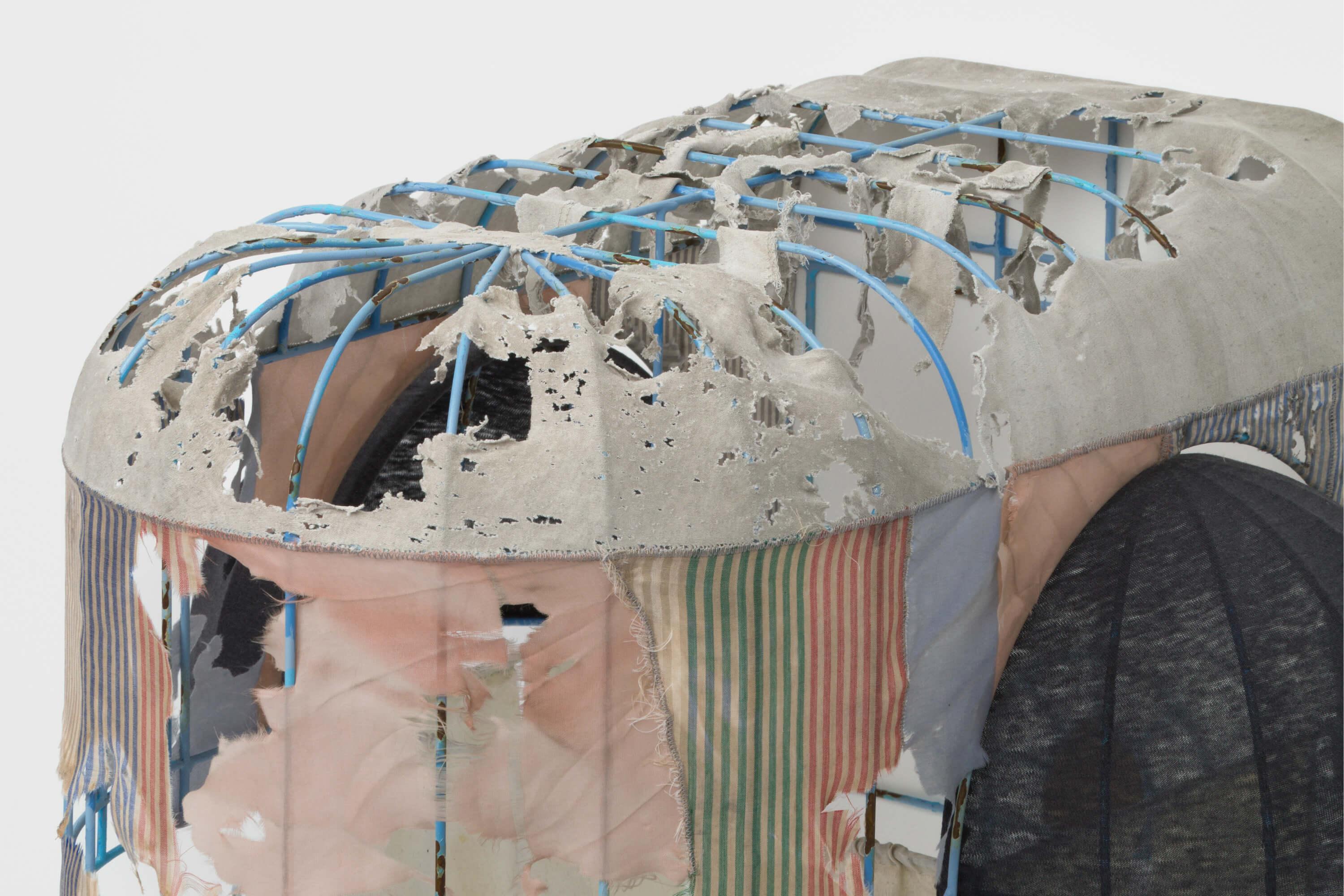
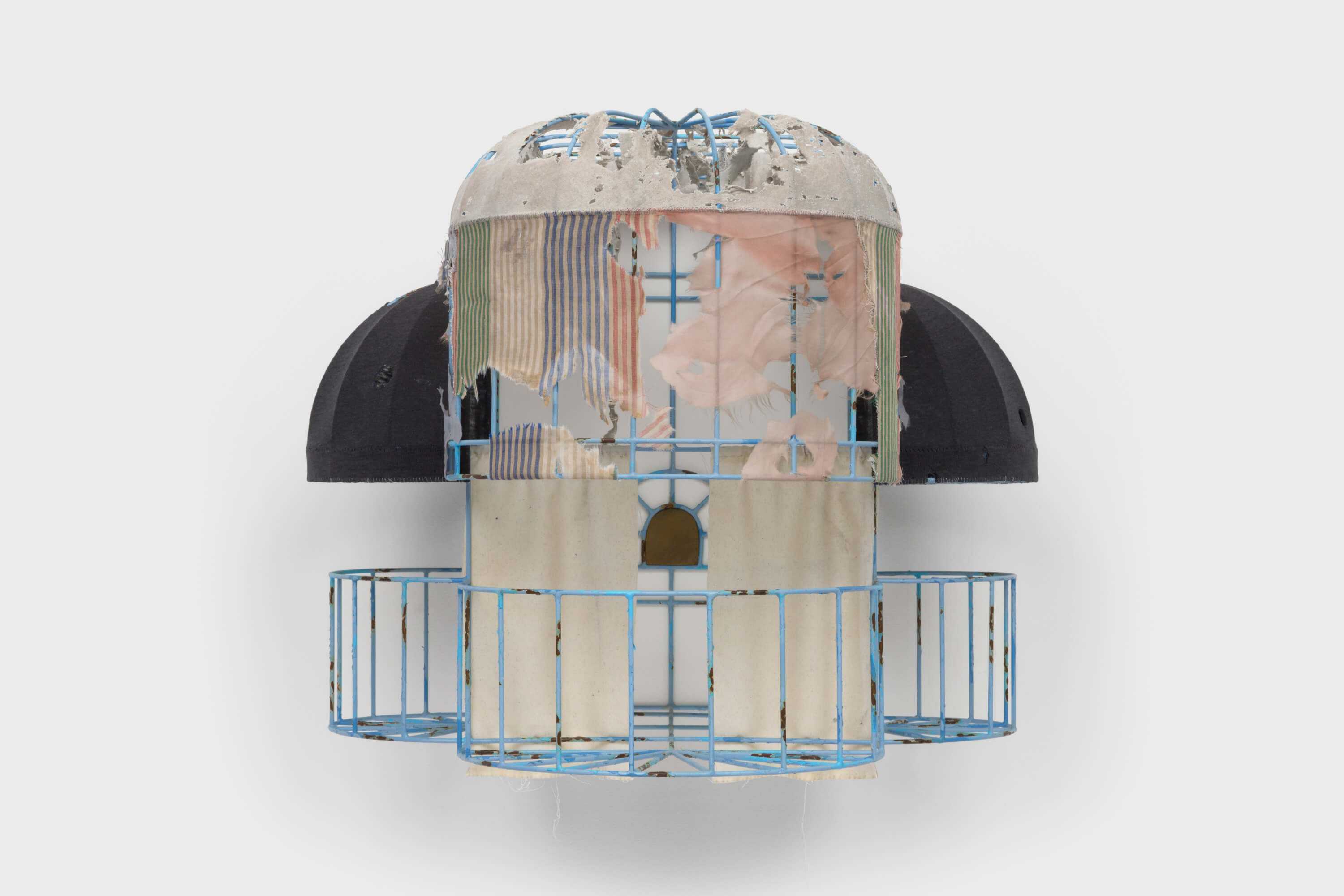
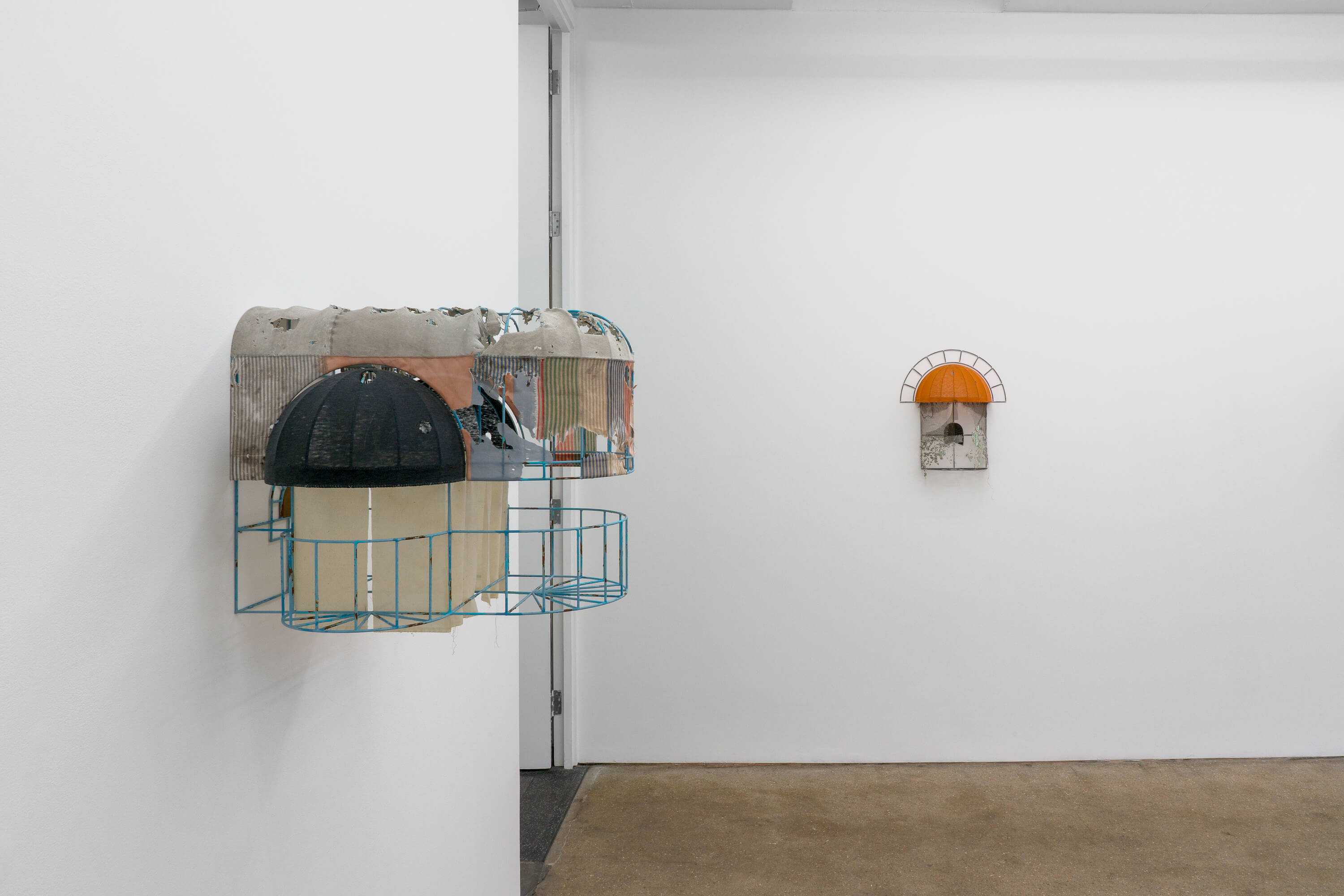
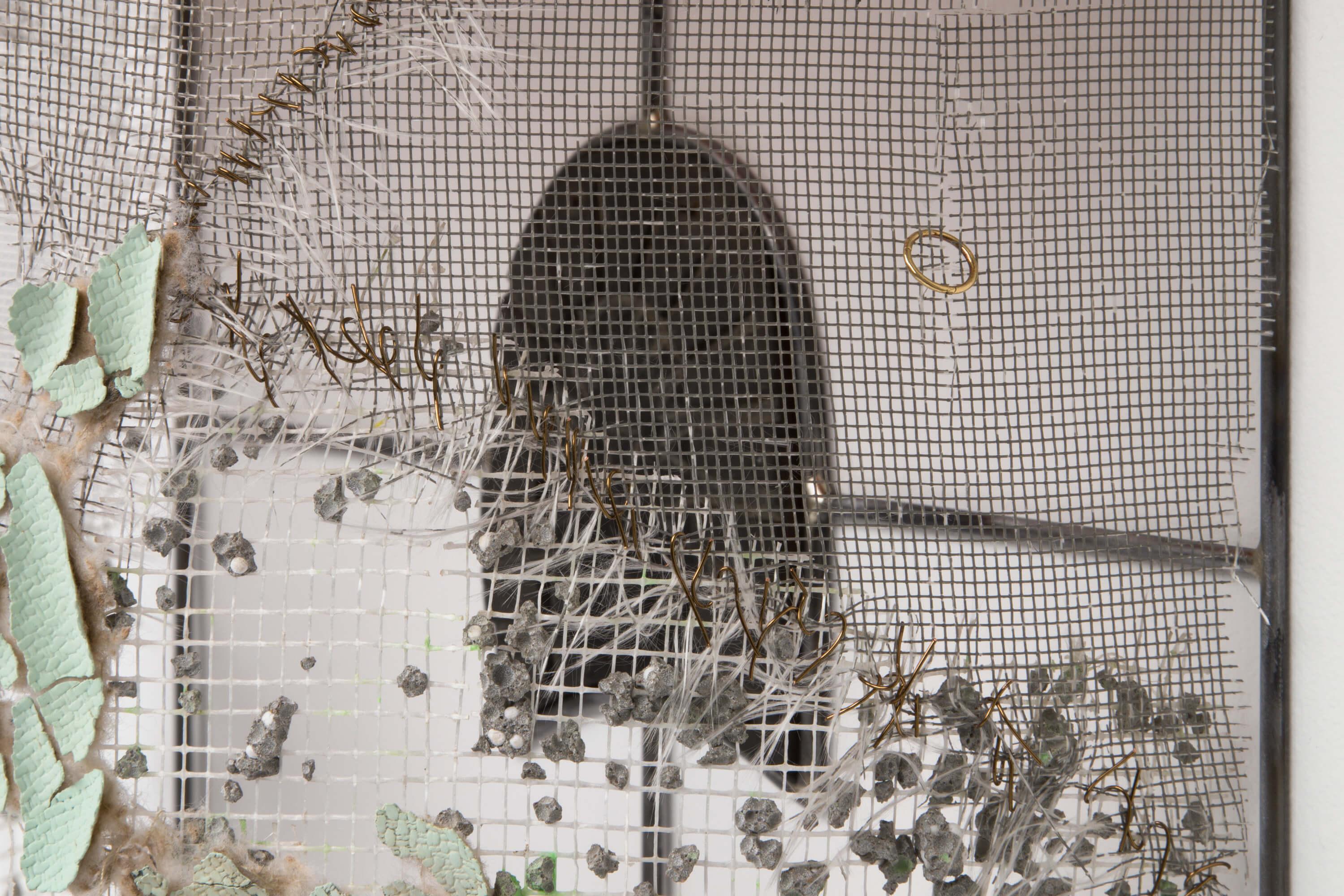
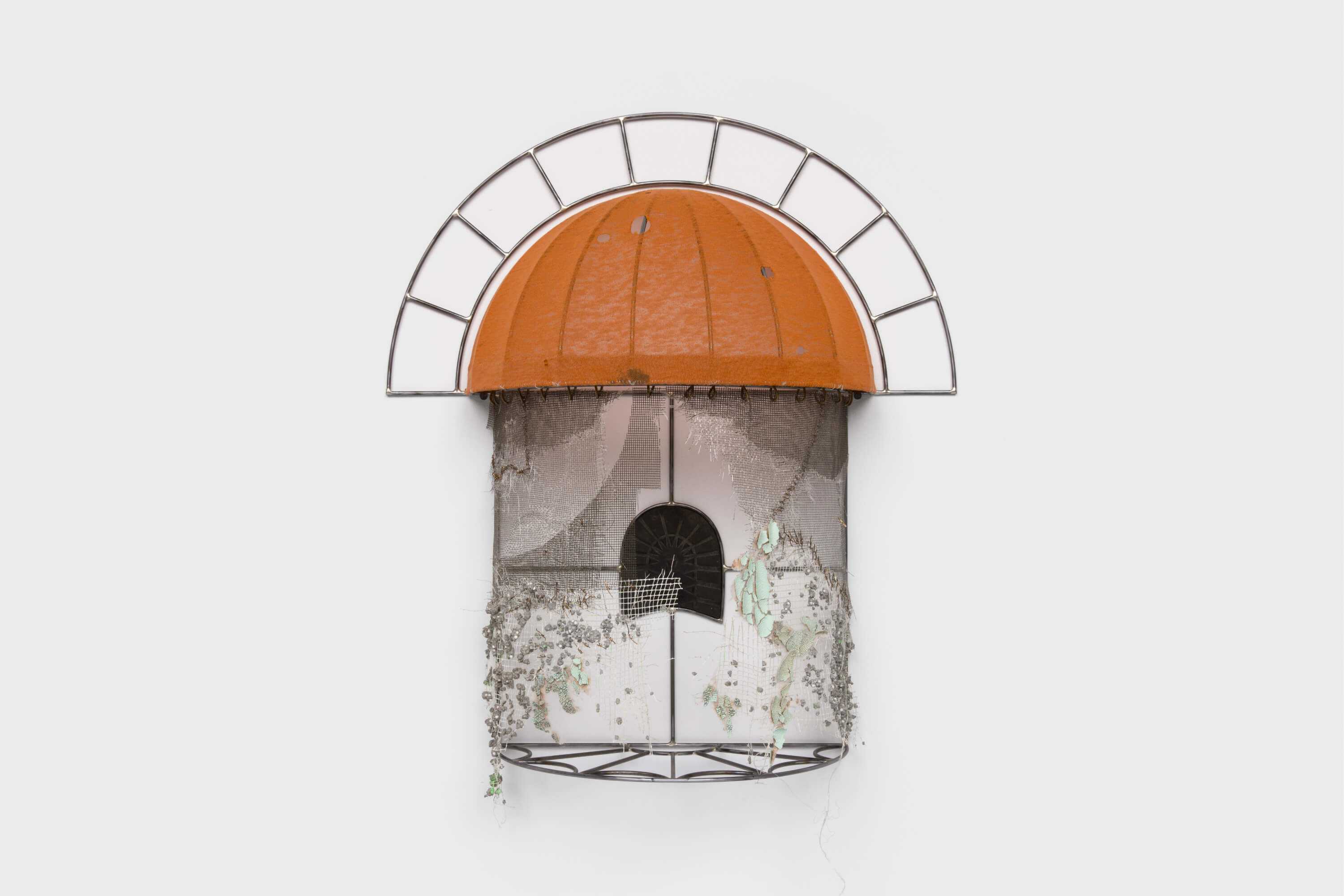
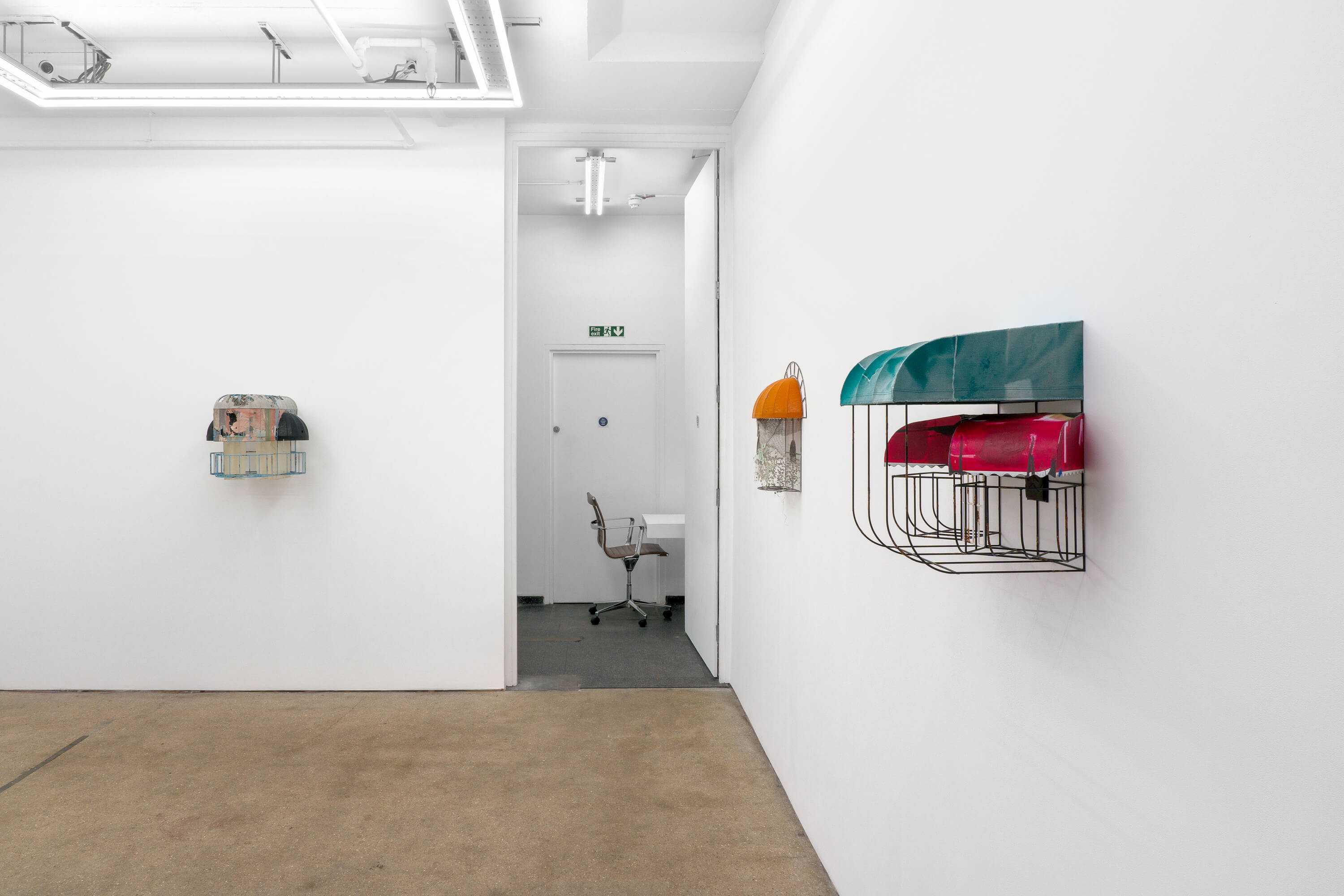
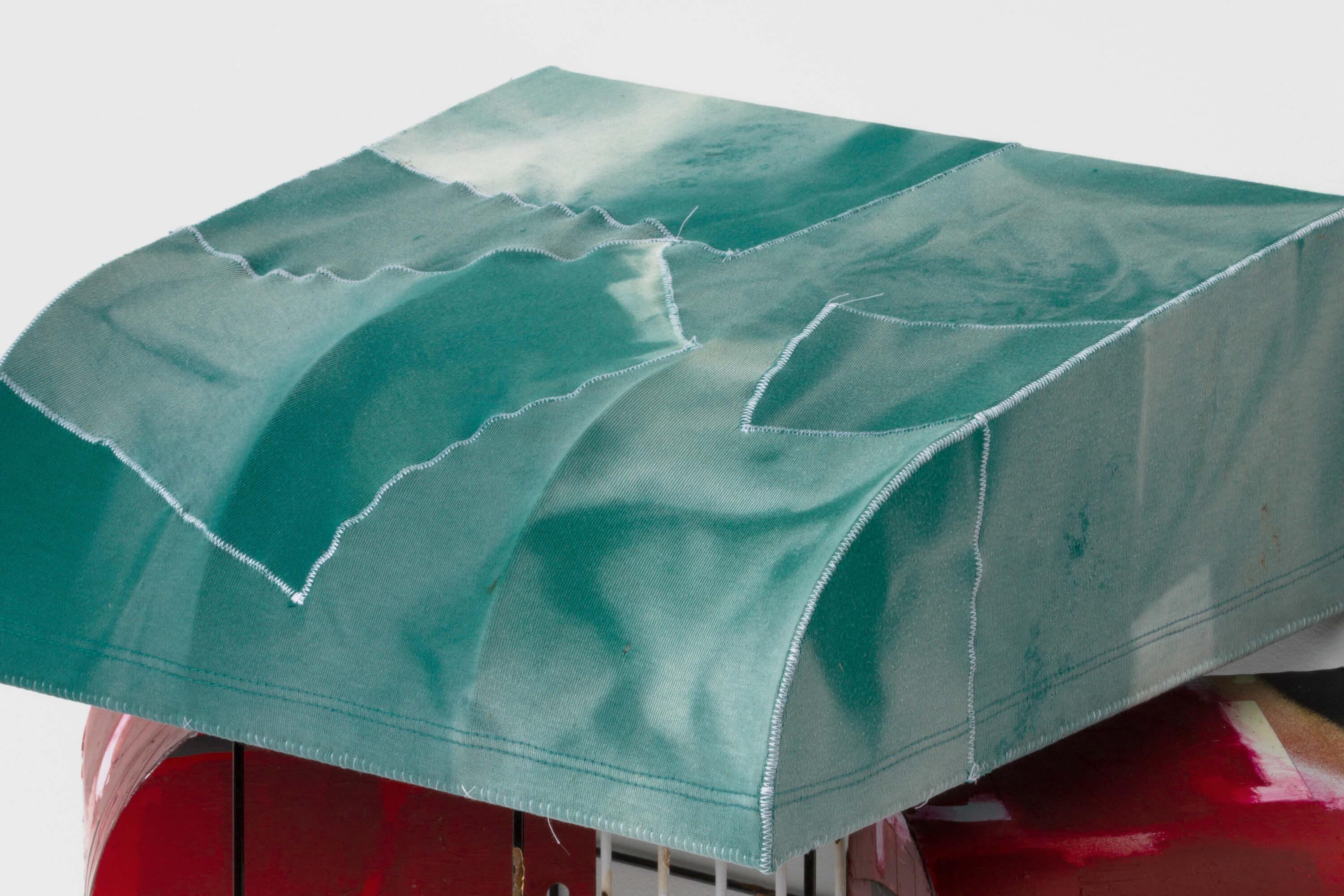
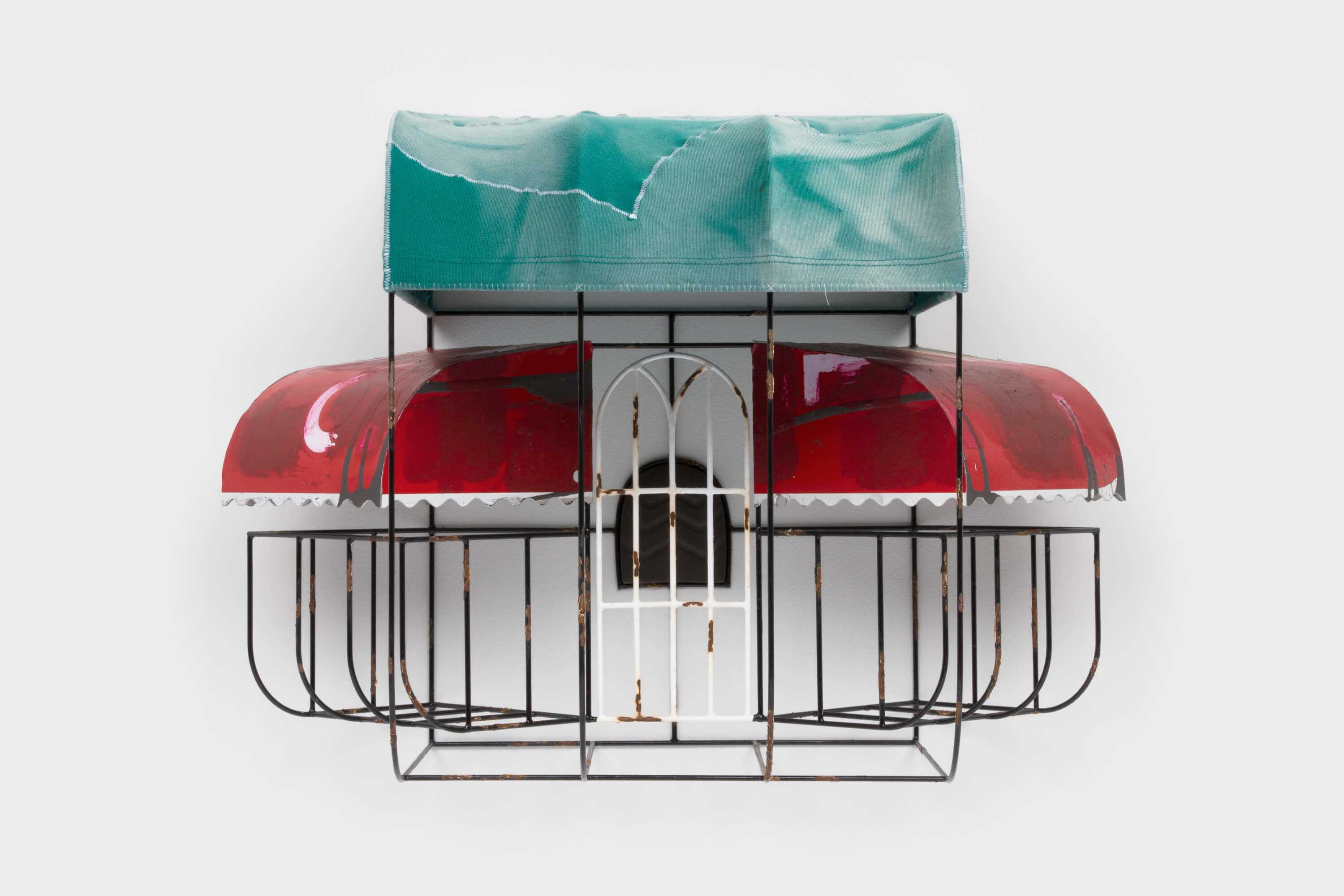
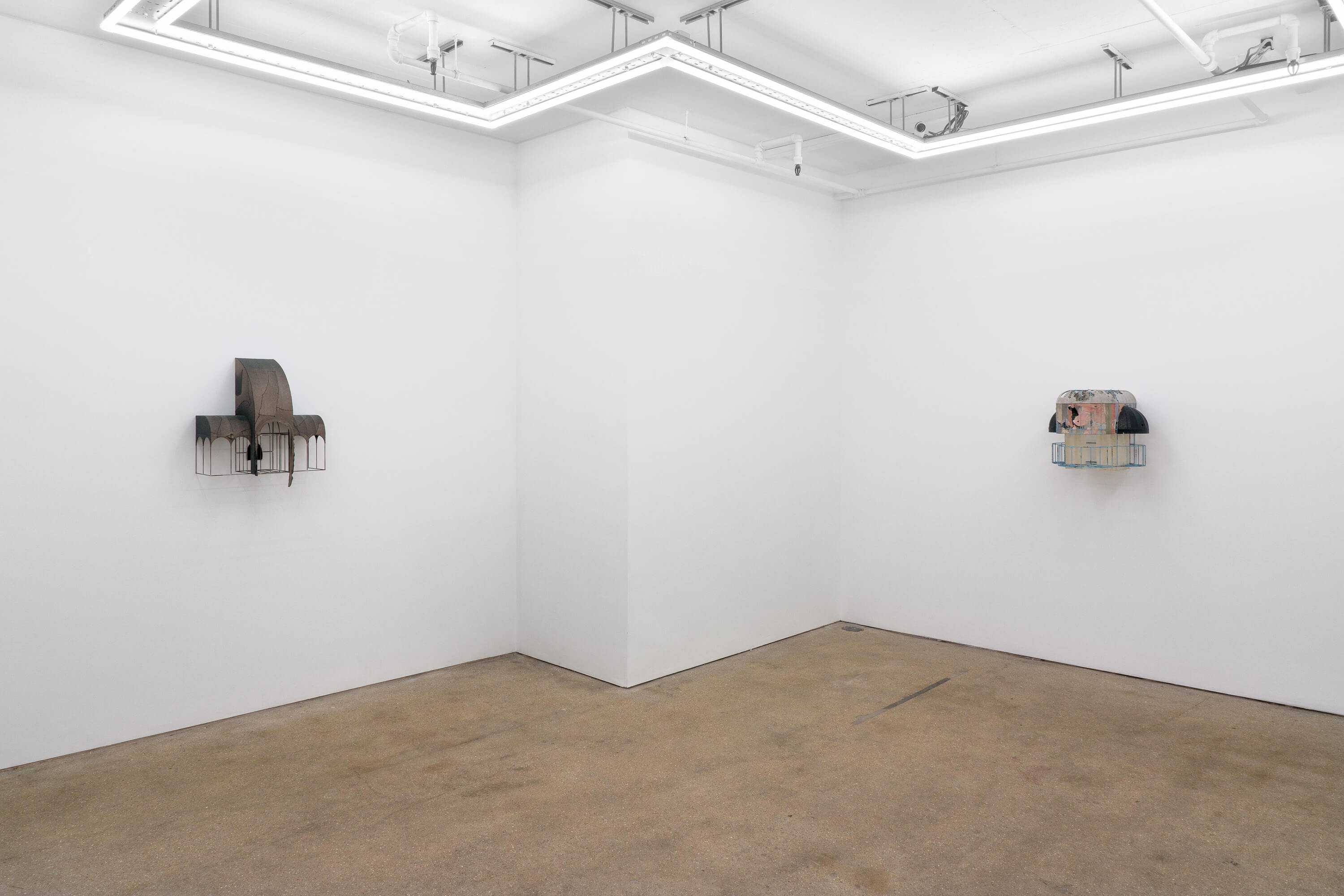
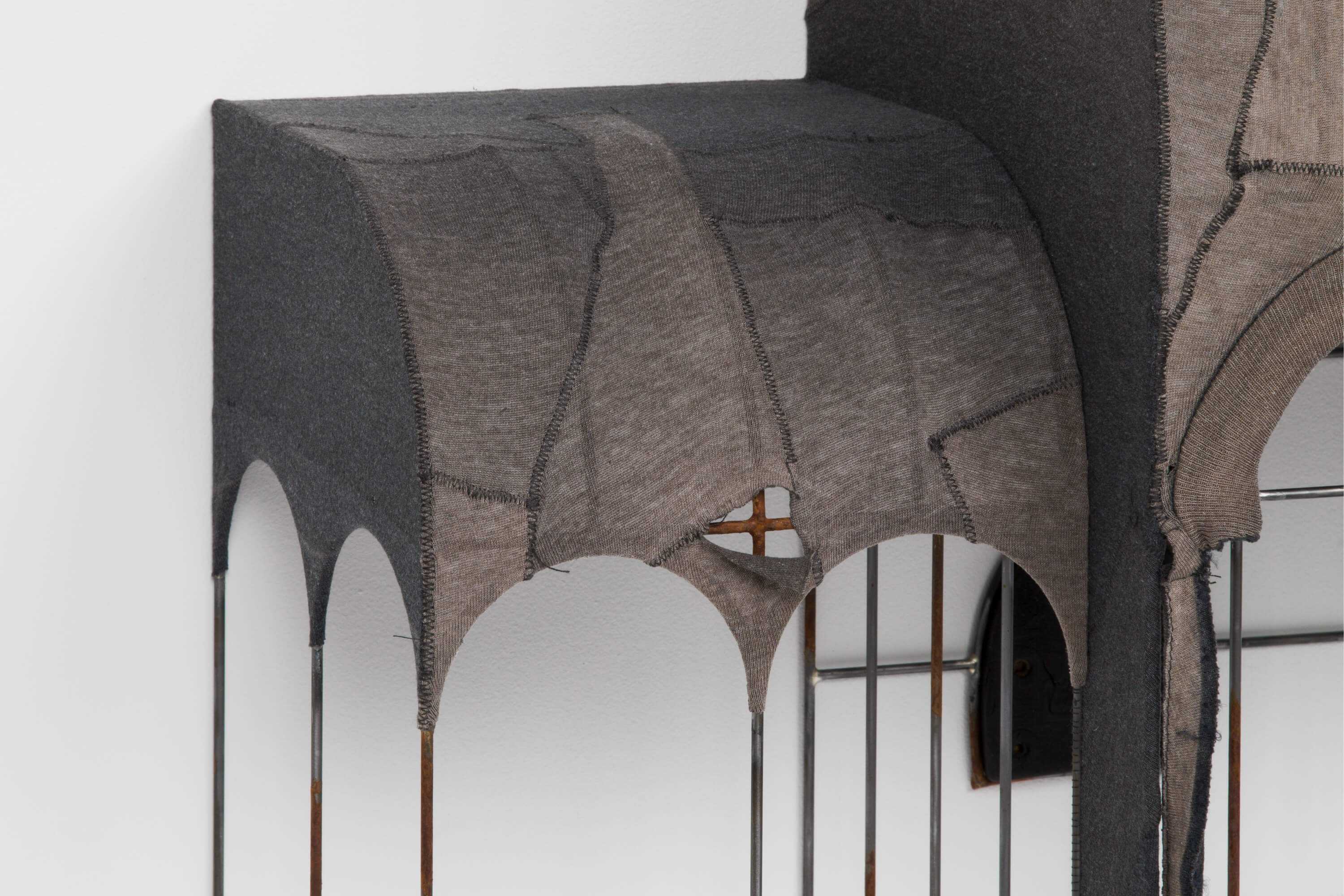
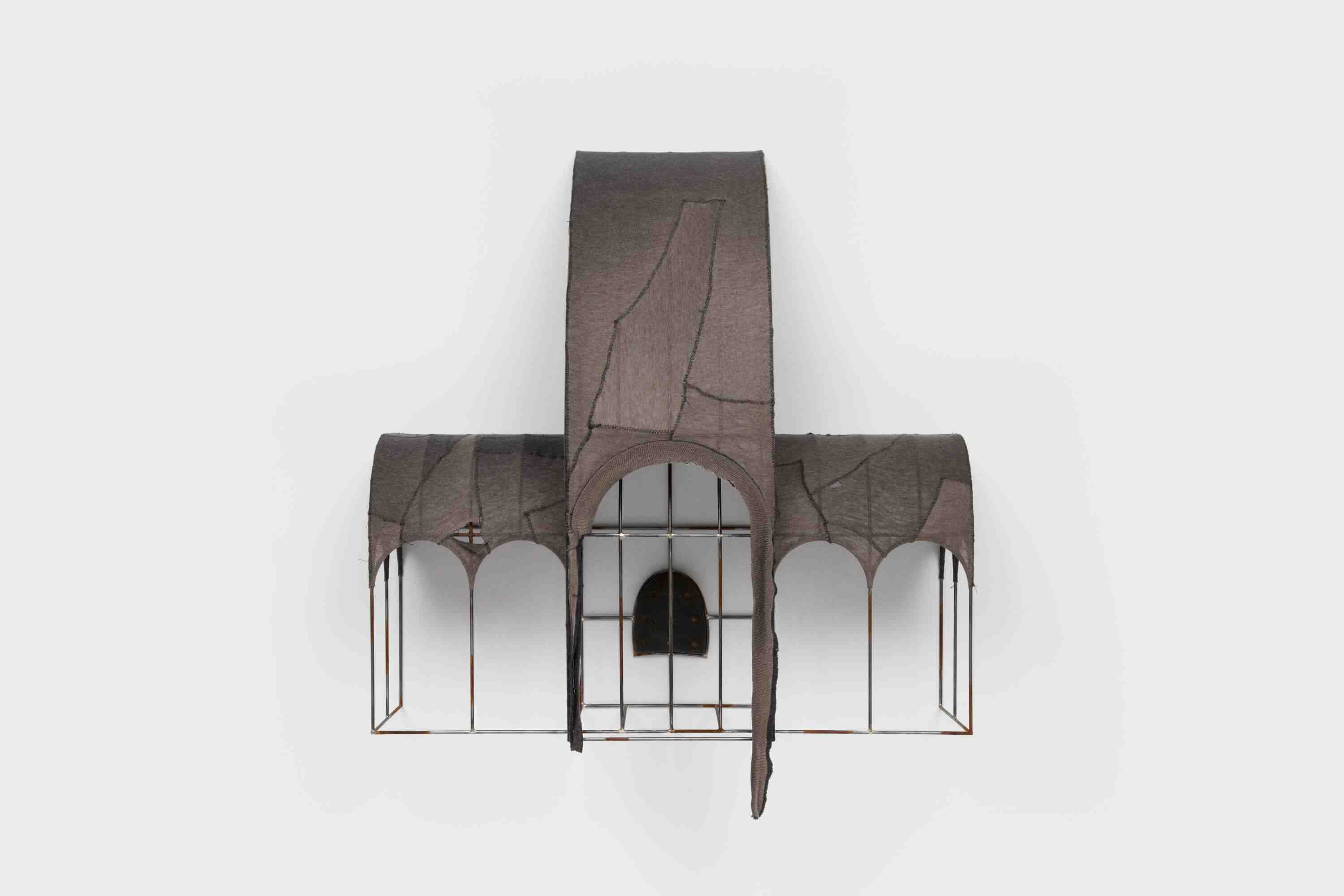
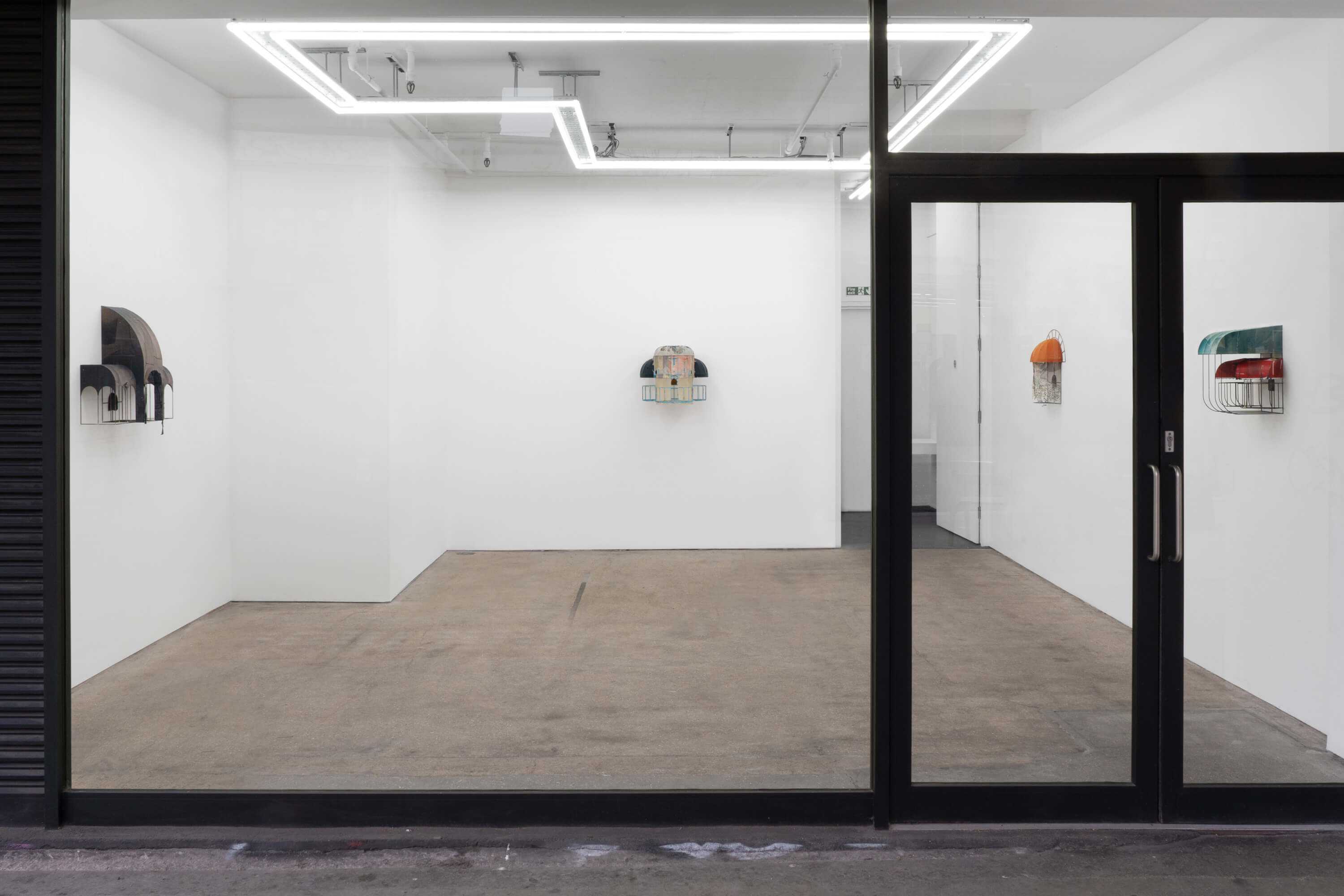
Public Gallery is pleased to present 'groundwork', a solo exhibition of new works by New York based artist Greg Carideo, whose practice references the architectural language of awnings, building facades, doorways, and thresholds. Using found fabrics, shoe heels, and other lost or discarded items, Carideo’s intimate wall-based sculptures – silver-brazed steel armatures threaded through delicate fabric canopies – call to mind social spaces of shelter, encounter and exchange.
Carideo’s practice begins by mapping discarded items into a diary for later retrieval, giving time for a palette of wear and tear to emerge. Gathering t-shirts, fabrics and repurposed sheetmetal from various locations, from a beach of Sicily to a desert in New Mexico to wasteland in Brooklyn, his accumulated materials are an exercise in endurance – the survival of a material uniquely defined by varying degrees of age, discoloration, fading, and frayed edges. Embracing their heightened temporal specificity with attention and care, Carideo’s collected assemblage of materials carry the conditions of where they were found, remarking on the social and environmental, the individual and the collective.
Found materials are brought together to adorn Carideo’s meticulously hand made structures, manually cut, bent, welded and steel-brazed by the artist, articulating the passage of time through layers of chipped away paint, patina and rust. His scaffoldings reference architectural details such as archways or thresholds that repeat asynchronously and persist across time, translated and reconfigured in different cities and contexts like an architectural echo. ACM (2024), Carideo’s largest and most complex work to date, footnotes the floorplan of a Romanesque basilica, and simultaneously flickers with a likeness to the window security gates often found in New York. Contrasting shades of blue measure its age by mapping patterns of corrosion, as if painted and repainted again. Incorporating the battered shoulders of a black t-shirt and an old yellow pillow case as curtains, it is a playful, almost carnivalesque structure, and nevertheless a portrait of intimacy and quiet solitude.
Tailored fabric collages envelop each silver-brazed construction, often assembled by threading through the original shirt seam, emphasizing the relationship between the surface materials and the structure beneath, further inviting a viewer's intimate gaze. In NOP (2024), the artist references a common red residential awning in Queens, mirroring the one outside his house, cut and rearranged from a “no parking sign” to form the curvature of an awning. Within the sheltered reliquary, a shoe heel tunnels into the wall – its darkened and worn rubber signifying the vanishing point at the work’s center. Like the worn fabric that forms the sculpture’s exterior, the shoe heel also retains the indentation of their wearer’s footstep.
Carideo nourishes his art on this intimate connection between the human body and the built environment – as a pictorial allegory for doorways, portals, archways and simultaneously as entry points to considering an individual and their journey. He examines the exteriority and interiority of sculpture, as a place of shelter and protection, and as our passage to the outside world. The work can also be read as political in its concerns, calling to mind Rosalyn Deutsche’s treatise on the politics of public space. It relies on the viewer’s memory and moments of nostalgia, experienced individually yet shared by the collective. As miniature enclosures, they signify the protection offered by safe shelter, uniquely poignant in our age of growing environmental fear, refugee crises and political turmoil.
Greg Carideo (b. 1986, Minneapolis, MN, USA) lives and works in New York, NY, USA. He received a BFA from Minneapolis College of Art & Design, Minneapolis in 2008 and an MFA from New York University in 2015. Selected solo exhibitions include Nave, In Lieu, Los Angeles (2024); Dog Eared Reverie, Foreign & Domestic, New York (2023); Storefront, FR MoCA, Fall River, MA (2022); and Framework, GRIMM, New York (2021). His work has been featured in recent group exhibitions at Silke Lindner, New York (2024); Pangée Gallery, Montreal (2024); 12.26 Gallery, Dallas (2024); Galerie Nicolas Robert; Montreal (2024); Margot Samel, New York (2024); Public Gallery, London (2024); ICA, Portland, ME (2024); International Objects, New York (2023); and Foreign & Domestic, New York (2022).

